German Grand Prix, Hockenheim: Preview and weekend times
Formula 1 returns to the Black Forest

The Formula circus returns to the Black Forest for the German Grand Prix which, as everyone knows by now, is held in alternate years on the Nurburgring and Hockenheimring circuits. This year it's the Hockenheimring, located on the eastern outskirts of the town of Hockenheim halfway between Stuttgart and Frankfurt.
The Formula 1 bandwagon arrives in Germany fresh from the British Grand Prix at Silverstone which deceived Ferrari and the Ferrari fans around the world. The standard bearer of the Red, Alonso, started from pole and held the lead of the race until a few laps from the end when his soft tires collapsed, favoring Webber's overtaking on harder tyres. Webber therefore won his second victory of the season, the only driver with Alonso to win two Grands Prix this year.
Webber celebrated his victory at Silverstone by renewing his contract with the Austrian team for the 2013 season as well, thus putting an end to rumors of his possible move to Ferrari starting next year. When asked about it by the press, the Australian said he was very happy and claimed that changing teams next year would preclude his chances of fighting for the title this year.
Despite second place at Silverstone, Alonso still remains leader of the world rankings, just ahead of the Australian and reigning world champion Vettel. In short, Ferrari is constantly improving and seems to be able to compete at least on an equal footing with the Red Bulls. The McLarens, however, appeared to be very subdued: Button has been in crisis for some races now, after the second place in China he never got on the podium again and got just seven points in six races with teammate Hamilton who constantly beaten in qualifying and in the world rankings he has a forty-two point lead.
The Woking team appears to be in crisis with their car, although the bosses maintain that despite the less than stellar performance shown at Silverstone, there is nothing fundamentally wrong with the car. And the weak point of the first races: the pit stops full of errors and carelessness, have clearly improved. However, Hamilton is confident about his chances of fighting for the world championship and there is no reason to blame him considering that this season is characterized by performance balance and unpredictability.
This year, being an even number, the German Grand Prix takes place on the Hockenheimring, in odd years it goes to the Nurburgring. The old Hockenheimring circuit only has the name. Originally the start was located near the current SudKurve which at the time was a common road in the town center of Hockenheim. The race then continued along very long straight stretches in the forest. Only in 1938 did work begin to set up a real permanent racetrack which, beyond small routine modifications, including the introduction of two chicanes after the fatal accident involving Jim Clark, would be the same for years. Until 2002, when it was decided to amputate the route of the sections along the forest to obtain a canonical circuit of just under five kilometers in length.
The radical changes made in 2002 have in fact distorted the essence of this track which based almost all its technicality on the fact that the Motodrom, the stretch of slow curves that closes the track, had to be run with almost zero aerodynamic load required for the long straights. Unfortunately, nothing remains of the old route, as for the construction of the new section it was necessary to deforest a part of the forest and to compensate for this felling it was decided to demolish what remained of the old circuit and plant new trees.
The German Grand Prix (the first three editions of which were for sports cars) took place for the first time in 1926 on the very fast Avus circuit in Berlin and, in the midst of a violent downpour, saw the victory of one of the greatest drivers of always, Rudolf Caracciola on Mercedes, who is still the most victorious in this race today, with 6 victories out of 12 editions between 1926 and 1939. Already in 1927 the Grand Prix moved permanently to the long and majestic Nurburgring circuit, and the winner is Otto Mertz, a pilot who in 1914 had been one of the drivers of the imperial motorcade during the attack on Sarajevo which triggered the "Great War".
German cars and drivers dominated the roll of honor until the Second World War with some significant exceptions, such as the all-French triumph of Chiron over Bugatti in 1929, but above all the historic victory of Tazio Nuvolari in 1935 obtained with a glorious (but now three years old) Alfa P3 in heavy horsepower debt compared to the imposing line-up of German squadrons which included five Mercedes and four Auto Union.
After taking the lead against all odds already halfway through the race, Nuvolari suffered a broken fuel pump during his pit stop, costing his rivals around a minute. Having returned to sixth position, Nuvolari managed to climb back to second place in the final laps, putting pressure on the Mercedes of von Brauchitsch who was leading the race, and who dechapped a tire on the last lap, while the man from Mantua in the red Alfa Romeo crossed the finish line between the disbelief of the home crowd and the Nazi authorities, who would suffer another partial displeasure in 1938, when the young Englishman Dick Seaman emerged triumphant from the platoon of the dominant Mercedes and Auto Union, the only foreigner to race for Mercedes thanks to a special permit of Hitler.
This time too it is a misadventure by von Brauchitsch that favors the victory of a foreign driver, given that the irate German nobleman (nicknamed “Pechvogel”, i.e. “bird of bad luck”) is the victim of a fire at the pit stop in his Mercedes ( fortunately bloodless like Verstappen's one on Benetton in 1994).
After the Second World War, Germany, now divided into two parts by the victorious powers of the conflict, returned to host international races on the legendary 'Ring in 1950, when Ascari on a Ferrari won the revived German GP, but limited to F2 cars.
Finally, in 1951, the German Grand Prix also became part of the Formula 1 World Championship and Ferrari once again dominated, first with two more consecutive victories for Ascari and then with Farina. Then it was Fangio who scored a hat-trick on three different cars between 1954 and 1957 (in 1955 the race was canceled following the tragedy at Le Mans) and it was precisely in 1957 that the Argentine ace achieved what, according to him, it is the most beautiful and greatest of his many victories: lingering in the pits to refuel and change tires on his Maserati, Fangio returns to the track with a very heavy gap from the two Ferraris of Hawthorn and Collins and deliberately does not give the impression to try to catch up with the Ferrari drivers, who after two laps were told by the garage to slow down, given that Fangio was almost a minute behind. At that moment Fangio begins to push wildly, taking advantage of the fact that the two opponents will not push for over 22 kilometers (one lap of the 'Ring) (other than radio communications...!). To give an idea of how fast Fangio goes, just think that he sets the fastest lap in the race, 8 seconds less than his time in practice which had earned him pole! On the penultimate lap he catches the two Ferrari drivers and goes on to triumph for the twenty-fourth and last time of his Formula 1 career, a victory which also virtually gives him his fifth world title.
The following year, Brooks won on Vanwall while his pursuer, Collins on Ferrari, was killed in a vain attempt to attack the agile English car. Brooks also wins in '59, this time on Ferrari, when the GP returns "one-off" to the very fast Avus circuit in solidarity with the delicate international situation in Berlin, in fact a part of the ancient track is excluded from the GP route because it remained in Soviet occupied territory. After 1950, even in 1960 the race was reserved only for F2 and took place on the southern ring of the 'Ring, while the World Championship returned to the Nordschleife the following year. In the '60s one of the great interpreters of this circuit was John Surtees, who achieved two consecutive victories with Ferrari, while in '65 the great Jim Clark achieved his sixth victory here out of six seasonal GPs, thus celebrating his second world title with a three-month advance on the end of the championship.
Between the end of the decade and the beginning of the '70s Stewart and Ickx were the rivals who fought for the title of "Ringmeister" (master of the Ring), a recognition that goes to whoever wins a GP on this circuit three times: it is the Scottish to prevail with three successes (there were two victories for Ickx) and his 1968 victory goes down in legend, when in a Grand Prix plagued by rain, fog and wind he managed to win the race with a monstrous advantage of over four minutes on the second place finisher, Graham Hill (winner in 1962).
Stewart won for the third time in 1973, and it remained his last victory as a driver (27 in total, a record that would last until Prost's time), but fate then wanted the Scotsman, who returned at the end of the 90s to F1 as a constructor obtained its only victory in this capacity on the Nurburgring (but on the new reduced circuit) in the daring 1999 edition thanks to Herbert.
In 1970 the backlash for the tragic death of Courage in Zandvoort led to the German Grand Prix being moved for the first time to Hockenheim (Rindt won after a great duel with Ickx) because the drivers began to consider the 'Ring unsafe: it was a sign of the safety campaign launched by Stewart in those years.
In 1974 Regazzoni achieved the masterpiece of his career by dominating the German GP from start to finish and inflicting heavy gaps on his rivals just at the moment in which the track was soaked by sudden showers of rain: Clay seemed not to notice and reached the finish line with almost a minute ahead.
In 1976 Lauda's infamous accident with his Ferrari forever changed the face not only of the Austrian, marked by burns, but of the entire Formula 1: the ever-increasing safety needs in a sport that was progressively becoming very popular thanks to TV , impose the painful but now inalienable "death" of the 'Ring as the venue for the German Grand Prix, which since 1977 has moved permanently to Hockenheim and it is Lauda himself who wins, exactly one year after having come close to dying. Despite the circuit's higher safety standards, in 1980 Depailler died at Hockenheim during a test session, and in 1982 Ferrari driver Pironi saw his career and his bid for the world title cut short in a very serious accident during testing where he risked amputation of his legs.
In 1985 the German GP returns exceptionally to the Nurburgring, but in the new shortened version which is the one we know today (totally different from the legendary Nordschleife of over 22 km) and the winner, as in 1935, is again an Italian in a red car with little horse on the bonnet: Alboreto, exactly 50 years after Nuvolari (who raced a red Alfa with the Scuderia Ferrari horse) triumphs and makes Italians dream by consolidating his leadership in the world championship.
But the dominators of the 80s were two Brazilians: Piquet, first in 1981, 1986 and 1987, and Ayrton Senna who scored a peremptory hat-trick from 1988 to 1990, while Mansell and Prost won twice each. The Austrian Berger also boasts two truly significant triumphs (it could have been three without retiring on the last lap of 1996): in 1994 he led Ferrari to victory after a total drought that had lasted for the Reds since 1990, and in 1997 at his last year of his career and after suffering the unexpected death of his father and a three-race stoppage for a nose operation, Gerhard peremptorily obtains his tenth and final victory in Formula 1, which will also be the last for Benetton, before the team was taken over by Renault.
The 1999 edition is worth remembering: Mika Salo was called to replace the injured Schumacher on the Ferrari, and the Finn found himself faced with the opportunity of a lifetime by leading the German Grand Prix, but his teammate Irvine was fighting for world championship, and so Mika has to give up the victory to Eddie. Salo will never have another opportunity to win again in his career. In 2000, a Ferrari won again, that of Barrichello, in his first success in Formula 1, in a race remembered for the invasion of the track by a former Mercedes employee who protested his dismissal.
2001 saw Ralf Schumacher's victory in the powerful Williams BMW and was the last year in which the original version was raced on the circuit. The following year, Michael Schumacher on Ferrari won the first edition on the new track, after having already achieved victory on the old track in 1995 with Benetton. Michael will also win in 2004 and 2006, becoming the second most victorious driver in this Grand Prix after his compatriot Caracciola.
In 2007 the race was not held due to disagreements between the two major German automotive bodies, and the Grand Prix held at the Nurburgring that year was designated the European Grand Prix. The German Grand Prix returned to the calendar in 2008 (Hamilton's victory), while in 2009 it was held at the Nurburgring (first Webber on Red Bull) with a view to a new annual alternation between the two circuits.
Among the active drivers, in addition to those mentioned, Alonso also won this Grand Prix, twice again at Hockenheim: in 2005, taking advantage of an error by the McLaren Mercedes mechanics (cooling circuit) which forced the dominator Raikkonen to retire, the Spaniard achieved a victory that launched him forcefully towards the first of his two consecutive world titles with Renault, while it is useless to recall the controversy over the teamwork in his favor in the 2010 edition. Last year, at the Nurburgring, Hamilton succeeded to win in a race where the Red Bulls had one of the few dull moments of a largely dominated season.
Many will be looking for redemption at the Hockenheimring: Ferrari will certainly want to make amends after losing at Silverstone with just a few laps to go; the reigning world champion Vettel, on his home track, will certainly want to win to move up in the standings where his teammate Webber is ahead of him. McLaren and above all Mercedes, which has its operational headquarters a few kilometers from the circuit, and its two drivers: Rosberg and Schumacher, will also seek redemption.
The ingredients for a crackling Grand Prix are all there, we'll see if the expectations will be rewarded.
Domenico Della Valle – Francesco Ferrandino
INFO
Circuit length: 4,574 km
Laps to go: 67
Total distance: 306,458km
Number of curves: 17
Direction of travel: clockwise
Pirelli compounds: soft/medium
Throttle opening: 64% of mileage
RECORD
Test lap: 1:13.306 – M Schumacher – Ferrari – 2004
Race lap: 1:13.780 – K Raikkonen – McLaren Mercedes – 2004
Distance: 1h23:54.848 – M Schumacher – Ferrari – 2004
Driver victories: 6 – R Caracciola
Team victories: 20 – Ferrari
Driver Pole: 4 – Clark, Ickx
Pole team: 18 – Ferrari
Km in the lead: 1.391 – J Fangio
Team lead km: 6.585 – Ferrari
Best driver laps: 4 – M Schumacher
Best team laps: 16 – Ferrari
Driver podiums: 7 – M Schumacher
Team podiums: 50 – Ferrari
----
Hall of Fame
01. 1926 R Caracciola – Mercedes
02. 1927 O Merz – Mercedes
03. 1928 R Caracciola, C Werner – Mercedes
04. 1929 L Chiron – Bugatti
05. 1931 R Caracciola – Mercedes
06. 1932 R Caracciola – Alfa Romeo
07. 1934 H Stuck – Auto Union
08. 1935 T Nuvolari – Alfa Romeo
09. 1936 B Rosemeyer – Auto Union
10. 1937 R Caracciola – Mercedes
11. 1938 R Seaman – Mercedes
12. 1939 R Caracciola – Mercedes
13. 1950 In Ascari – Ferrari
14. 1951 In Ascari – Ferrari
15. 1952 In Ascari – Ferrari
16. 1953 N Farina – Ferrari
17. 1954 J Fangio – Mercedes
18. 1956 J Fangio – Ferrari
19. 1957 J Fangio – Maserati
20. 1958 T Brooks – Vanwall
21. 1959 T Brooks – Ferrari
22. 1960 J Bonnier – Porsche
23. 1961 S Moss – Lotus Climax
24. 1962 G Hill – BRM
25. 1963 J Surtees – Ferrari
26. 1964 J Surtees – Ferrari
27. 1965 J Clark – Lotus Climax
28. 1966 J Brabham – Brabham Repco
29. 1967 D Hulme – Brabham Repco
30. 1968 J Stewart – Matra Ford
31. 1969 J Ickx – Brabham Ford
32. 1970 J Rindt – Lotus Ford
33. 1971 J Stewart – Tyrrell Ford
34. 1972 J Ickx – Ferrari
35. 1973 J Stewart – Tyrrell Ford
36. 1974 C Regazzoni – Ferrari
37. 1975 C Reutemann – Brabham Ford
38. 1976 J Hunt – McLaren Ford
39. 1977 N Lauda – Ferrari
40. 1978 M Andretti – Lotus Ford
41. 1979 A Jones – Williams Ford
42. 1980 J Lafitte – Ligier Ford
43. 1981 N Piquet – Brabham Ford
44. 1982 P Tambay – Ferrari
45. 1983 R Arnoux – Ferrari
46. 1984 A Prost – McLaren TAG
47. 1985 M Alboreto – Ferrari
48. 1986 N Piquet – Williams Honda
49. 1987 N Piquet – Williams Honda
50. 1988 At Senna – McLaren Honda
51. 1989 At Senna – McLaren Honda
52. 1990 At Senna – McLaren Honda
53. 1991 N Mansell – Williams Renault
54. 1992 N Mansell – Williams Renault
55. 1993 A Prost – Williams Renault
56. 1994 G Berger – Ferrari
57. 1995 M Schumacher – Benetton Renault
58. 1996 D Hill – Williams Renault
59. 1997 G Berger – Benetton Renault
60. 1998 M Hakkinen – McLaren Mercedes
61. 1999 E Irvine – Ferrari
62. 2000 R Barrichello – Ferrari
63. 2001 R Schumacher – Williams BMW
64. 2002 M Schumacher – Ferrari
65. 2003 J Montoya – Williams BMW
66. 2004 M Schumacher – Ferrari
67. 2005 F Alonso – Renault
68. 2006 M Schumacher – Ferrari
69. 2008 L Hamilton – McLaren Mercedes
70. 2009 M Webber – Red Bull Renault
71. 2010 F Alonso – Ferrari
72. 2011 L Hamilton – McLaren Mercedes
----
German Grand Prix times
Friday July 20
10:00-11:30 Free Practice 1
14:00-15:30 Free Practice 2
Saturday July 21
11:00-12:00 Free Practice 3
14pm-00pm Qualifying – Rai Due/Rai HD
Sunday July 22
14pm Race – Rai Uno/Rai HD
if you want to always be updated on our news
Follow us here
![F1 | Ferrari: here is the new livery for the Miami GP [PHOTO AND VIDEO]](https://f1grandprix.motorionline.com/wp-content/uploads/2024/05/livree-ferrari-gp-miami-2024-1024x691.jpg)
![F1 | Ferrari: here is the new livery for the Miami GP [PHOTO AND VIDEO]](https://f1grandprix.motorionline.com/wp-content/uploads/2024/05/livree-ferrari-gp-miami-2024-500x338.jpg)
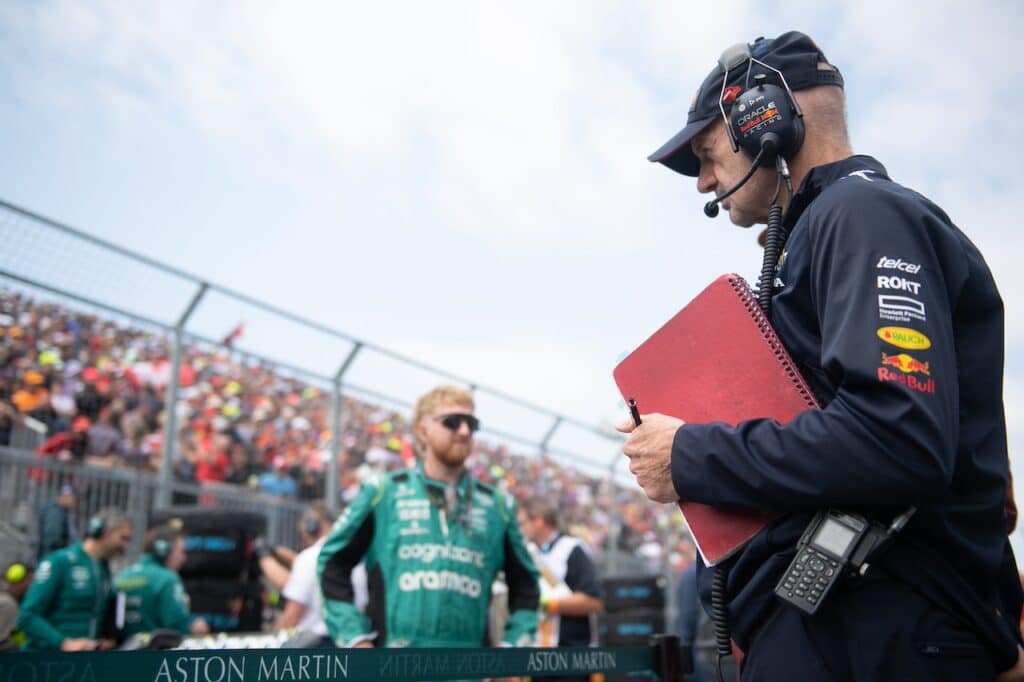
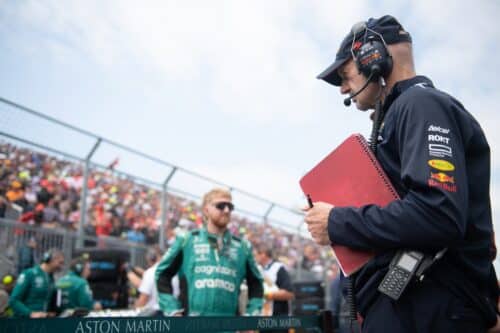
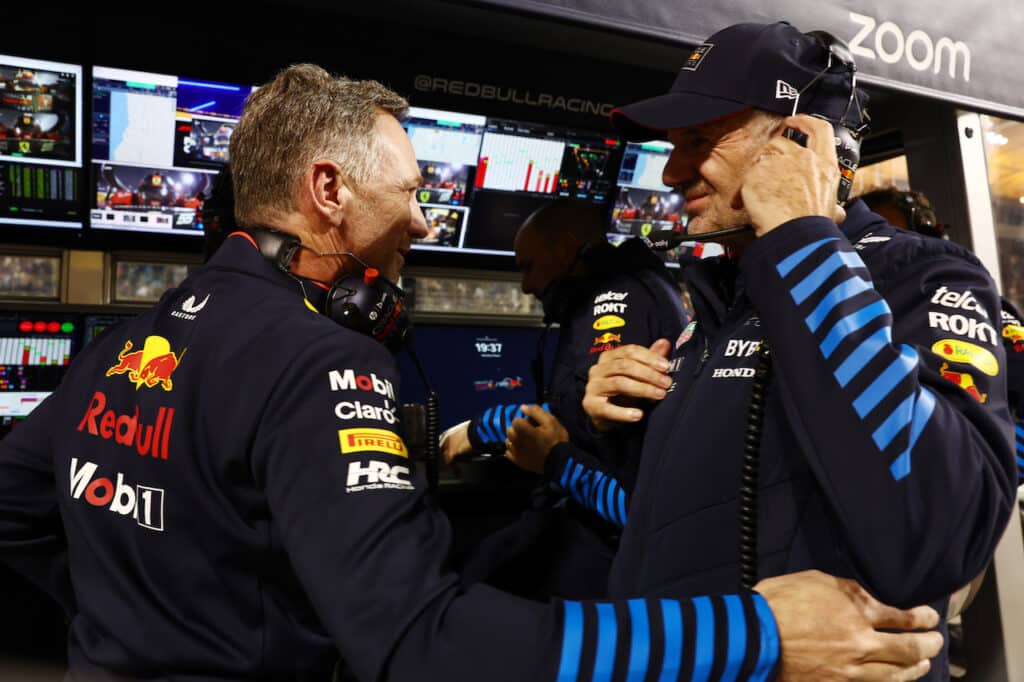
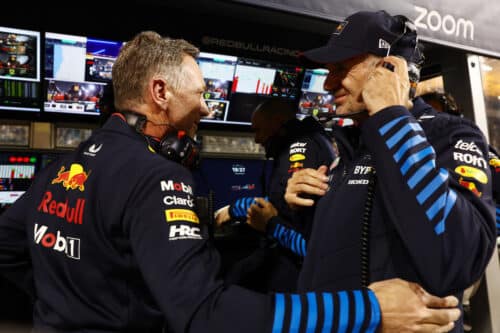
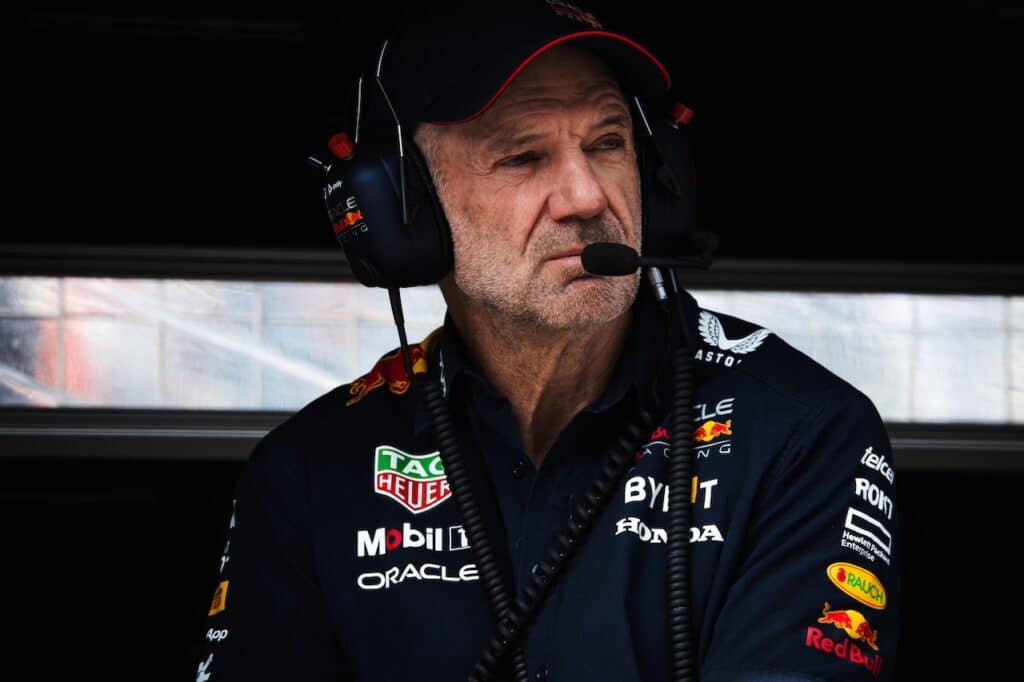
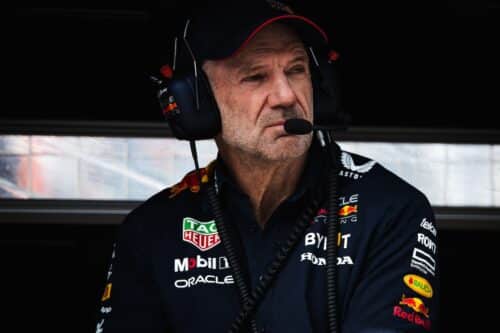

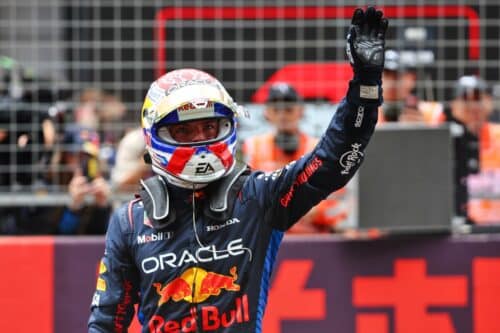

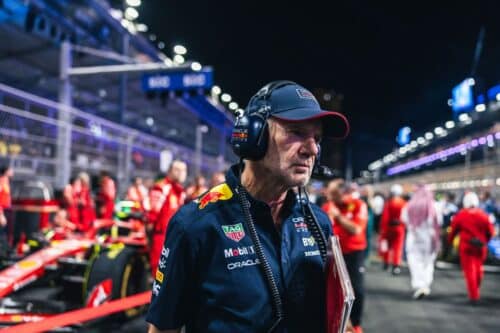
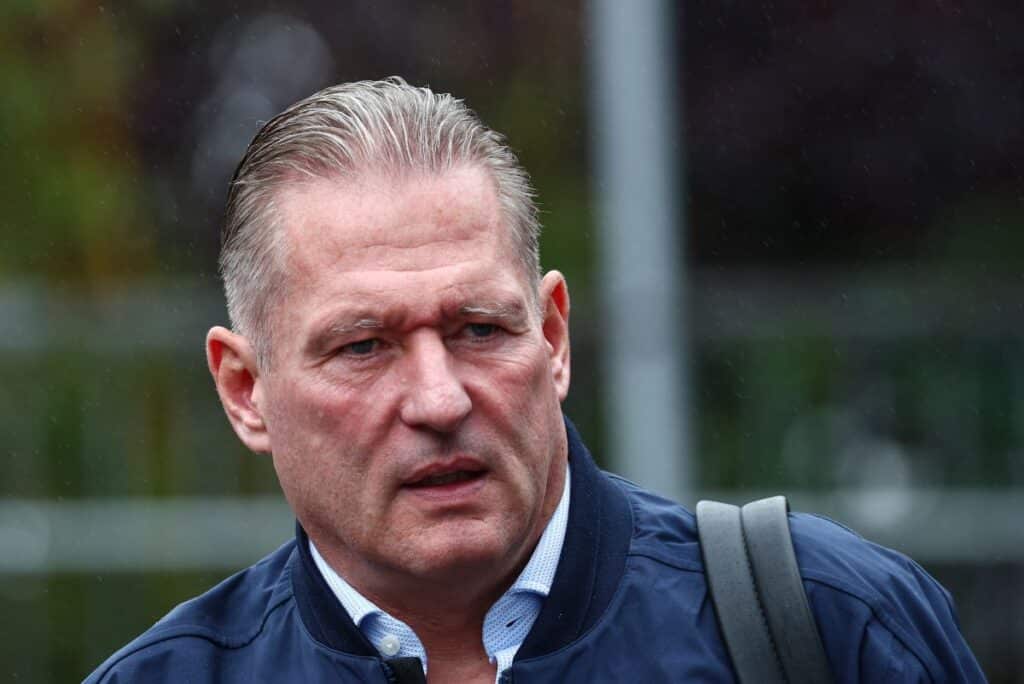
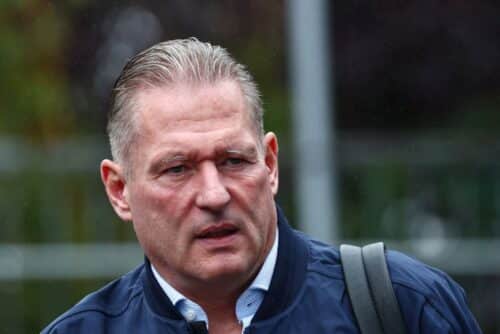
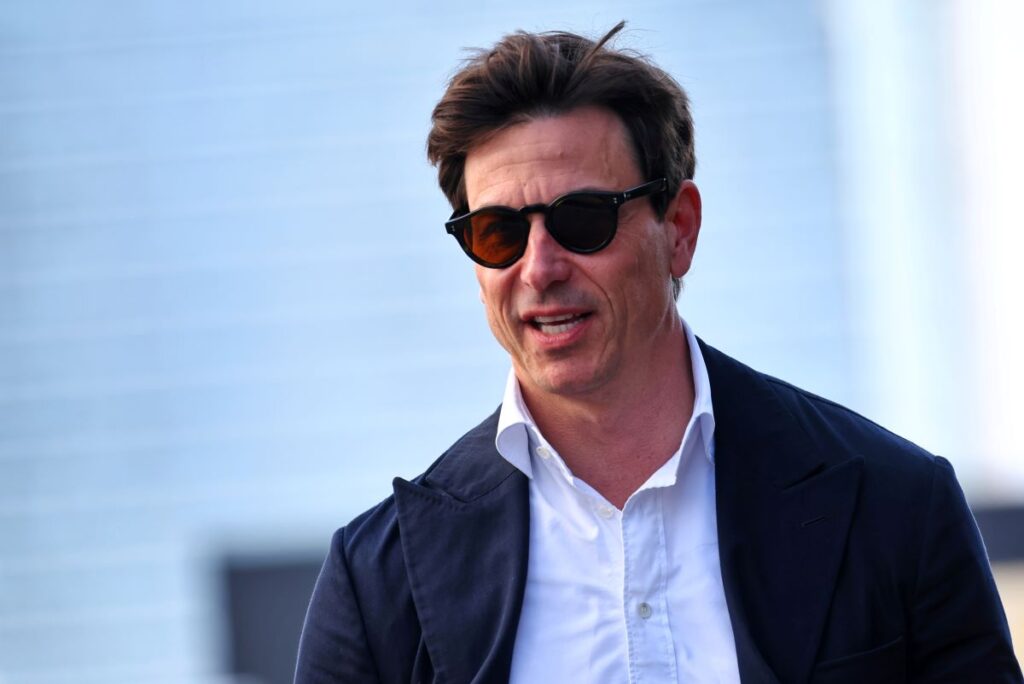
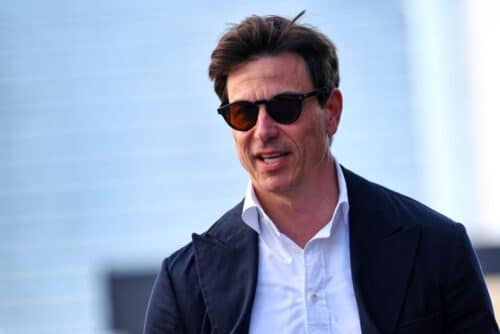
![F1 | Vettel at the Imola GP: he will drive Ayrton Senna's McLaren MP4/8[VIDEO]](https://f1grandprix.motorionline.com/wp-content/uploads/2024/05/vettel-a-imola-guidera-mclaren-senna-2024-1024x682.jpg)
![F1 | Vettel at the Imola GP: he will drive Ayrton Senna's McLaren MP4/8[VIDEO]](https://f1grandprix.motorionline.com/wp-content/uploads/2024/05/vettel-a-imola-guidera-mclaren-senna-2024-500x333.jpg)









